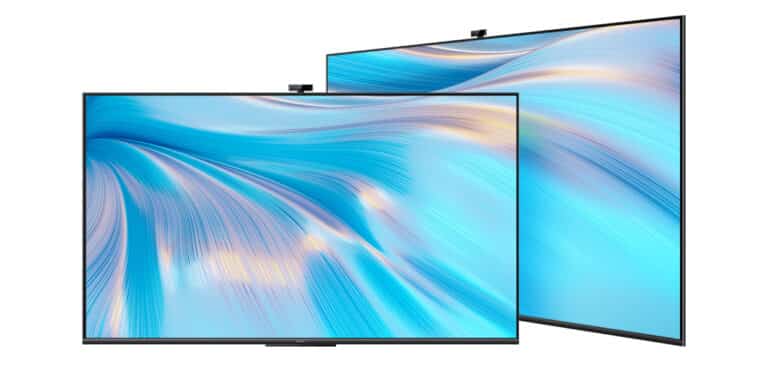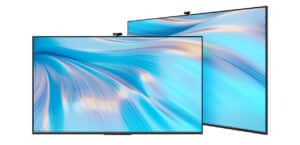Smart TVs are altering our perceptions of home entertainment. They are the new preferable product area of smart hardware vendors. If you’ve been content with your old TV in the living room and haven’t noticed how smart TV has evolved, this review will most likely pique your attention.
Today, we’ll take a closer look at one of the most popular Smart TV series just on the marketplace, the HUAWEI Vision S. that can improve your home entertainment experience in our review.
That version you have currently seems to be the HUAWEI Vision S65, which has a good visual presentation and well-dispersed capabilities for phone contact, as well as reasonable pricing. The Vision S series is Huawei’s first Smart TV series for the worldwide market, making it the greatest Huawei Smart TV available right now.
What you will see here?
Contents:
A TV of this size naturally arrives in a large box, and it took two persons some time to get the TV and other stuff out of the box and onto a table. Fortunately, there really are holes on every side through which your hand can pass. Allows you to move this same box around with ease. The panel is sandwiched between two pieces of Styrofoam, as is customary, and all of the other components, including the stand, have their own slots.
Two stand components, four screws, the power cord, the cameras, two batteries, the remote as well as quick-start instructions are included in the package.
The two stand components are composed of pure steel and use two screws on each side to attach to the TV. Once it’s been set up. They’re capable of ensuring that the TV remains sturdy on your table. Of course, you may have its exterior for a more polished or art-like appearance.
Design
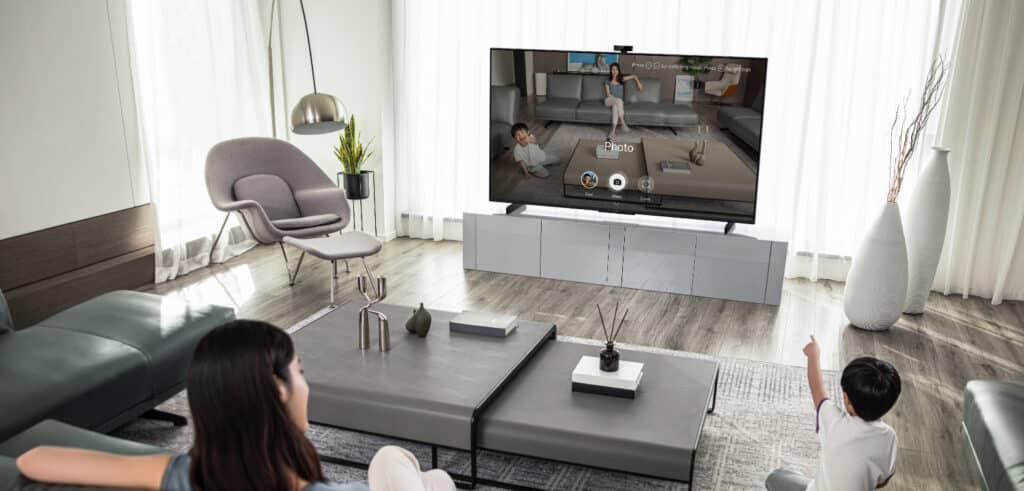
Let’s have a look at the design. The top camera quickly caught our notice at first sight. This 13MP camera features a magnetic connector and can be rotated up and down. The camera angle may be adjusted for the ideal shooting position. The camera can also be removed at any moment when not in use, owing to the handy magnetic design, so there’s no risk of privacy leaks. Aside from standard picture and video capture, the camera can also conduct 1080P video calls to other devices.
The bezel is made of one-piece plastic without breakpoints. The rear, on the other hand, composes of metal, which we assume is for better thermal design.
The Huawei Smart Screen S65 has a 4K 120Hz LCD. This screen has a screen-to-body ratio of 94 percent, which is quite high. The front side of the building is absolutely impressive. In addition, the base divides into two relatively light bars to reduce the appearance of extraneous components and allow users to focus on the screen. Of course, you may opt to hang it on the wall and include it in your design.
Huawei Vision S Display

Returning to the display, it has a DCI-P3 color gamut of up to 92 percent, which is already greater than most TVs in its price point. Multi-color modes are also available on the Vision S. The Auto Mode adapts well to various types of material, which is useful if you don’t want to alter the color option frequently.
However, because Vision S does not support HDR colors, the dynamic range of HDR video is limitless.
The 120hz speed looks great. However, if it weren’t for the Smart MEMC algorithm, the watching experience would have been less enjoyable when watching the low-framerate video. It can dynamically insert images up to 120fps and take full use of the 120Hz screen when combined with HUAWEI’s MEMC algorithm.
And the fact is that most video content that we can watch right now generally develop with relatively low framerates of 24fps or 30fps. But unlike most TV products featuring a 60Hz refresh rate, the Vision S series’ 120Hz refresh rate is an integer multiple of both 30 and 24, which guarantees insertion of consistent frames between every 2 frames. As a result, the Vision S can better solve the problems of lag, ghosting, and trailing that exist on 60Hz screens, thereby making the picture smoother and more stable with the double frame rates.
MEMC Technology
The Vision S’s MEMC method performed effectively with most content. However, we must point readers that the MEMC technology has not yet been perfected for all TV models. The Vision S is no exception. The MEMC might not always perform completely when it encounters intricate or fast-changing footage. And after a test, under the Auto Mode or the Customized mode with a Middle level of dynamic picture compensation, the MEMC performed much better to adapt to any the visual quality is good, and the action is fluid.
AI assitance
The first hub, Today, is about Huawei’s Celia AI helper. She’ll listen to your requests or give rapid navigating, and also keep track of the stuff you’ve tried and make recommendations for new things to try.
She’s fast to answer, but not always the most intelligent. When you ask her for such time, she can’t give you an answer. You must be more descriptive in terms of location if you question her about the weather. When you ask them whenever the Euro 2020 final is, she has no idea. She’ll do the job for simple fetch requests (turn up the volume, play the music), and not much beyond.
Full-screen displays HDMI inputs so that you can see what’s on (but not hear it), which is convenient. When you visit the Video, Music, or AppGallery hubs, the material is presented in readily consumable rows, along with suggested content and playlists. Paid material is available in Huawei’s VIP music area, as well as through the Huawei Video shop, where you can buy movies and programs.
Sony provides the majority (if not all) of the fascinating material in the Video Store, and some films include a preview of its first six minutes. They’re interestingly dubbed in Spanish because the area is set to Spain.
Despite the claim of a variety of third-party apps, this is not the reality. Netflix, Disney+, and Prime Video will all be accessible through a linked streaming stick or set-top box. The BBC has licensed programming for the Vision S, although it dates back five years and includes episodes like War & Peace and Upstart Crow.
Smart TV (Harmony OS)
Huawei Vision S Remote control
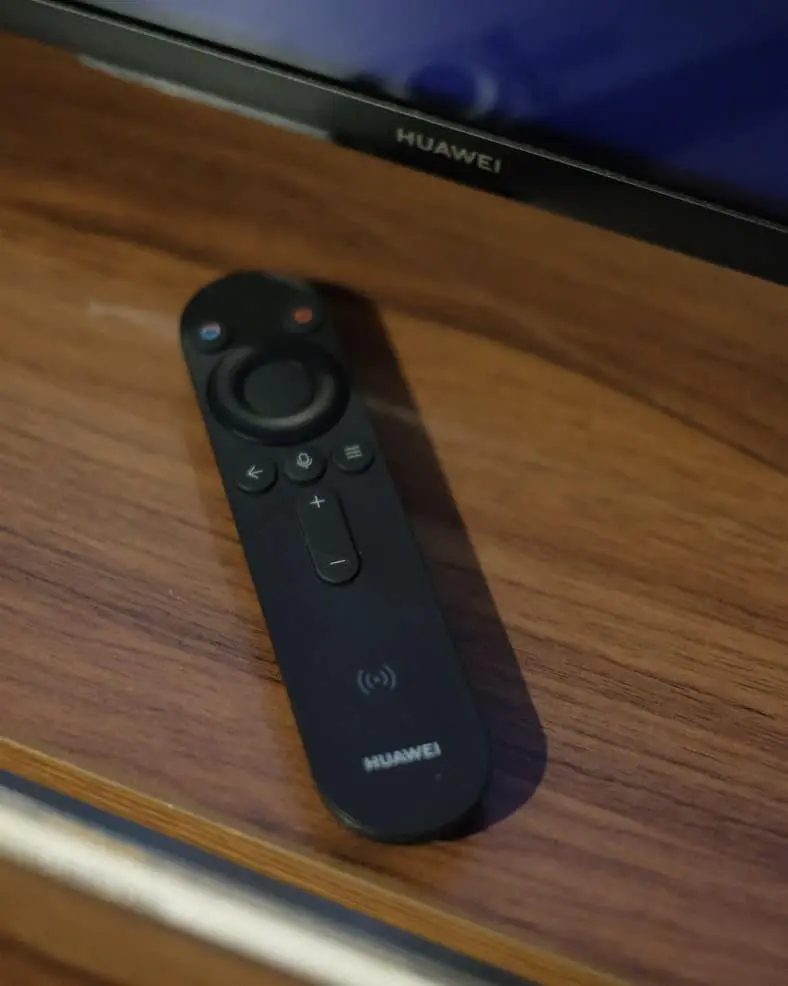
The remote control is in use to know the Vision S. It’s compact and svelte, with just the right number of buttons, making it one of the better phones with a cheap screen. There’s a mic button on there, and an NFC patch as well — the Huawei has shown to be fast and dependable when responding to voice instructions. This allows Huawei phones to send content to a Vision S without connecting to the same network.
Huawei operating system
Huawei is proud of its Harmony operating system, which is clean and simple in Malaysia. We expect the UK version to be more comprehensive, but we hope it has the same logical, clear design as the version we’ve seen.
Setup is simple, if only because there aren’t many options to choose from. For example, the picture settings tinker about the edges of quality images without making a substantial difference — you may modify brightness and contrast all you want, but the impact will be negligible. The sound EQs are the same way: there are six of them, all of them are close variants on a theme.
Huawei Vision S 13MP camera with detachable lens
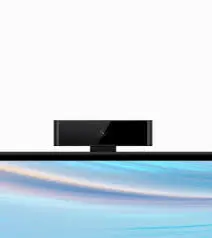
The Vision S comes with a small 13MP camera that snaps into position in a magnetic region at the top of the screen’s back. Huawei smartphone owners (and anybody running Android 8.0 or higher) may download the ‘MeeTime’ software and use it to make video calls and cast them on the screen with other ‘MeeTime’ users. It’s safe to argue that video chats on a 65-inch screen at 1920 x 1080 are more dramatic than Zoom calls on laptops.
Picture quality

It’s evident right away that the Huawei Vision S isn’t bright enough for true HDR. Although Huawei claims a maximum brightness of 350 nits, the average brightness is less than 300 nits.
Support HDR10 and HLG, dynamic HDR codecs like Dolby Vision and HDR10+ aren’t able to increase tone mapping, leading to reduced information in the highlights. On the other hand, black levels appear to be adequate, but detail above black is sparse, indicating that brightness adjusts to show more of it.
Backlight clouding, as well as a reduction of color saturation and intensity, and some leakage in the black bars along with each film, are evident at broader angles, therefore backlight management is the most effective unless you’re looking directly at the screen.
However, it isn’t all awful. The Vision S delivers a satisfying feeling of detail when watching Ang Lee’s Gemini Man in 4K HDR. The pores on the characters’ cheeks, texture from their garments, and scrapes and bruises were all portrayed with precision and good detail.
Colors represent as well, albeit the default settings lack punchiness; this is especially obvious with complexions. With a little tinkering with the settings, things start to look better in terms of expressiveness.
Whether streaming or watching a Blu-ray/DVD, upscaling works well. While there is a bit of noise on a Blu-ray of The Favourite and softness on a DVD of Star Wars: Revenge of the Sith. With the appropriate settings, tones take on a punchier, colorful yet realistic look.
Huawei Vision S Connectivity ports
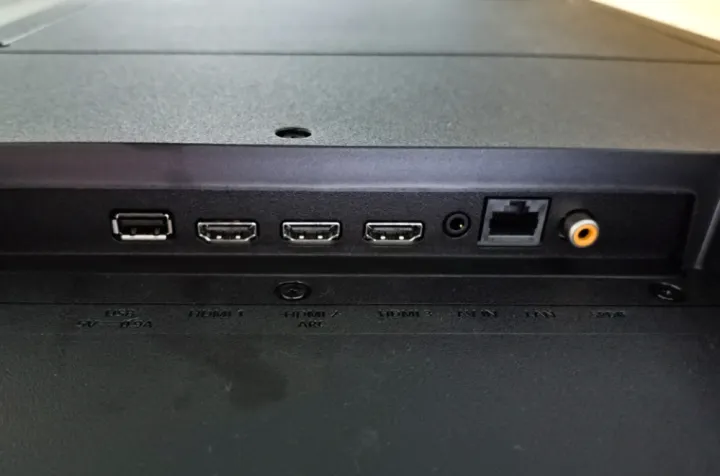
There are three HDMI 2.0 connections, one AV-in, a SPDIF Audio out, and a USB-3 connector for file transmission or external storage on the wired connection. Although the screen of the TV supports up to 4K resolution and 120Hz. There is no way to play 4K 120Hz games with the Vision S due to the lack of HDMI 2.1 ports.
So, even though the Vision S has a 4K 120Hz screen. It can only support up to 4K for wired projection with non-Huawei devices like gaming consoles and PCs. resolution with a 30fps refresh rate or 1080P resolution with 60fps, which is quite a waste of such a great display.
But thanks to the MEMC feature, the gaming experience still increases with the dynamic compensation. In terms of real gameplay, the large screen enhanced the whole experience. Just playing games on a PC display, and it didn’t lose much of the smoothness either.
Huawei Vision S Audio performance
The Huawei Vision S works hard to make a soundbar purchase appear less required for a flatscreen TV. It’s a large presentation with a lot of content that’s clear and informative. The Vision S’s speakers deliver decent low-frequency power. When observing the Opera siege series from Tenet and the ‘demolition’ of the Old Bailey in V For Vendetta.
Tenet’s gunshots are crisp, powerful, and – most importantly – loud and clear. Sibilant tones aren’t present in the dialogue, handle well. A soundbar, on the other hand, will boost performance if you can place it beneath the TV without obstructing anything.
The Vision S only accepts Dolby Audio and DTS soundtracks; however, it is unable to process Dolby Atmos soundtracks, leaving the room silent. The only way to hear audio is to go into your player’s settings and configure this to downsample Atmos to Dolby Digital (offers whatever the option is).
In addition, there are much too many visual and sound options. There is no discernible difference in the TV’s display while switching between audio modes.
Conclusion
It’s clear from Vision S that Huawei is serious about being a worldwide player in the smart connects TV space, and more importantly, it’s done a good job at it. The detachable camera, multi-device communication built on the fluid Harmony OS. More customizable contents for various locations are just a few of the features. Even among rival items in the same price range, several of these characteristics are uncommon. If you already own a Huawei phone, the Vision series may be the best choice for you.
Huawei is currently working on a Harmony OS update for its phone operating system. And we feel that when the upgrade arrives, the Vision TV experience will be far superior to what it is now.


